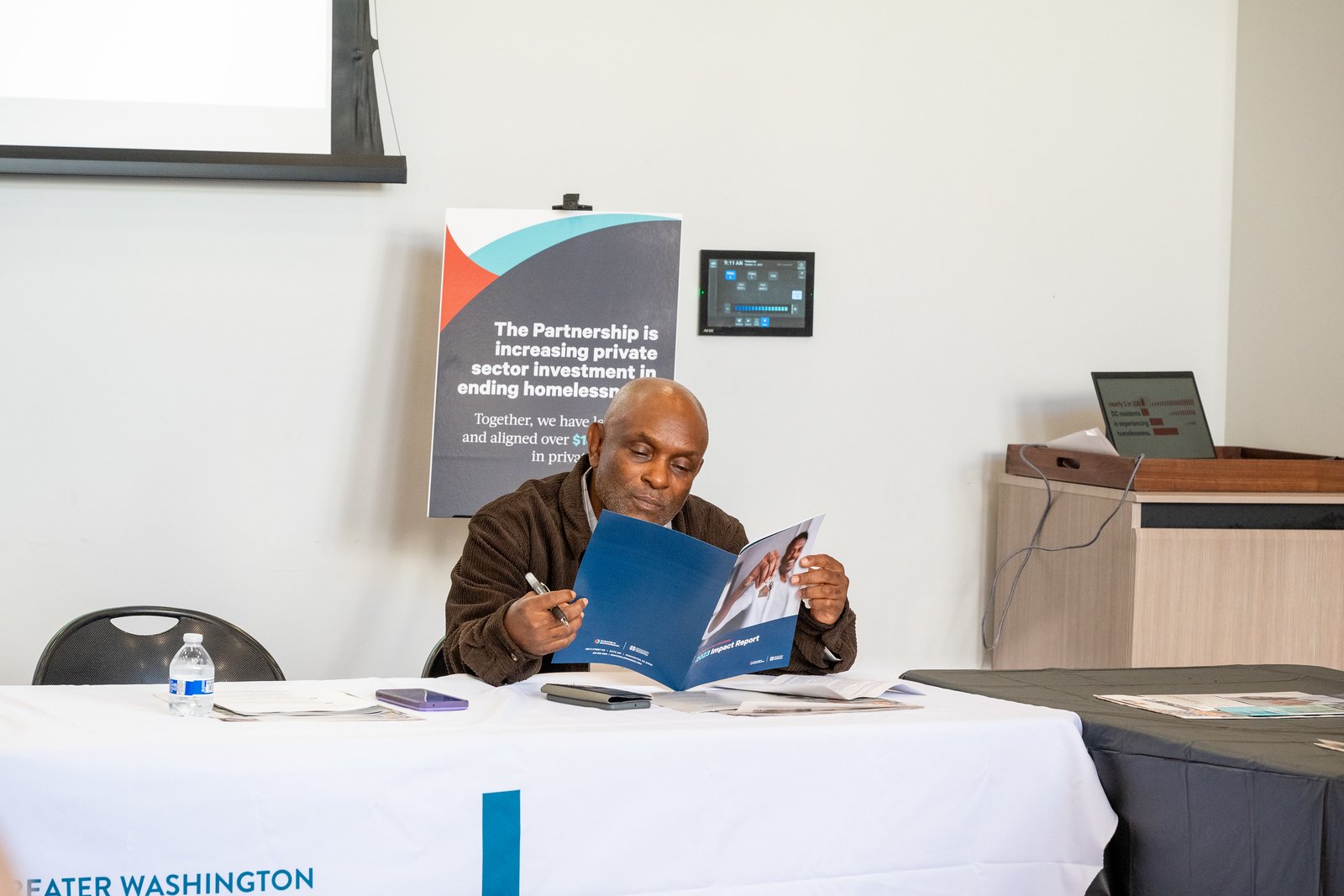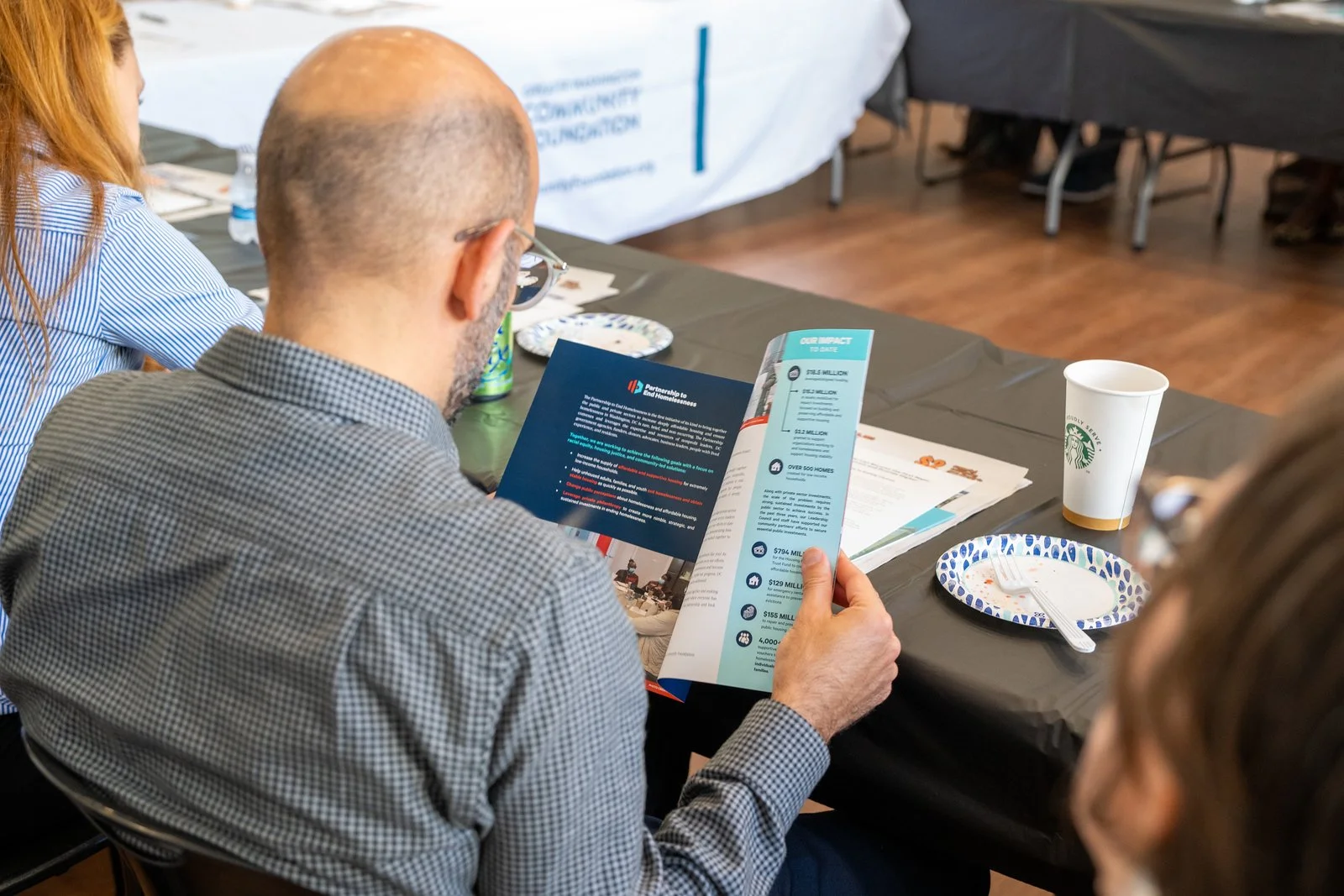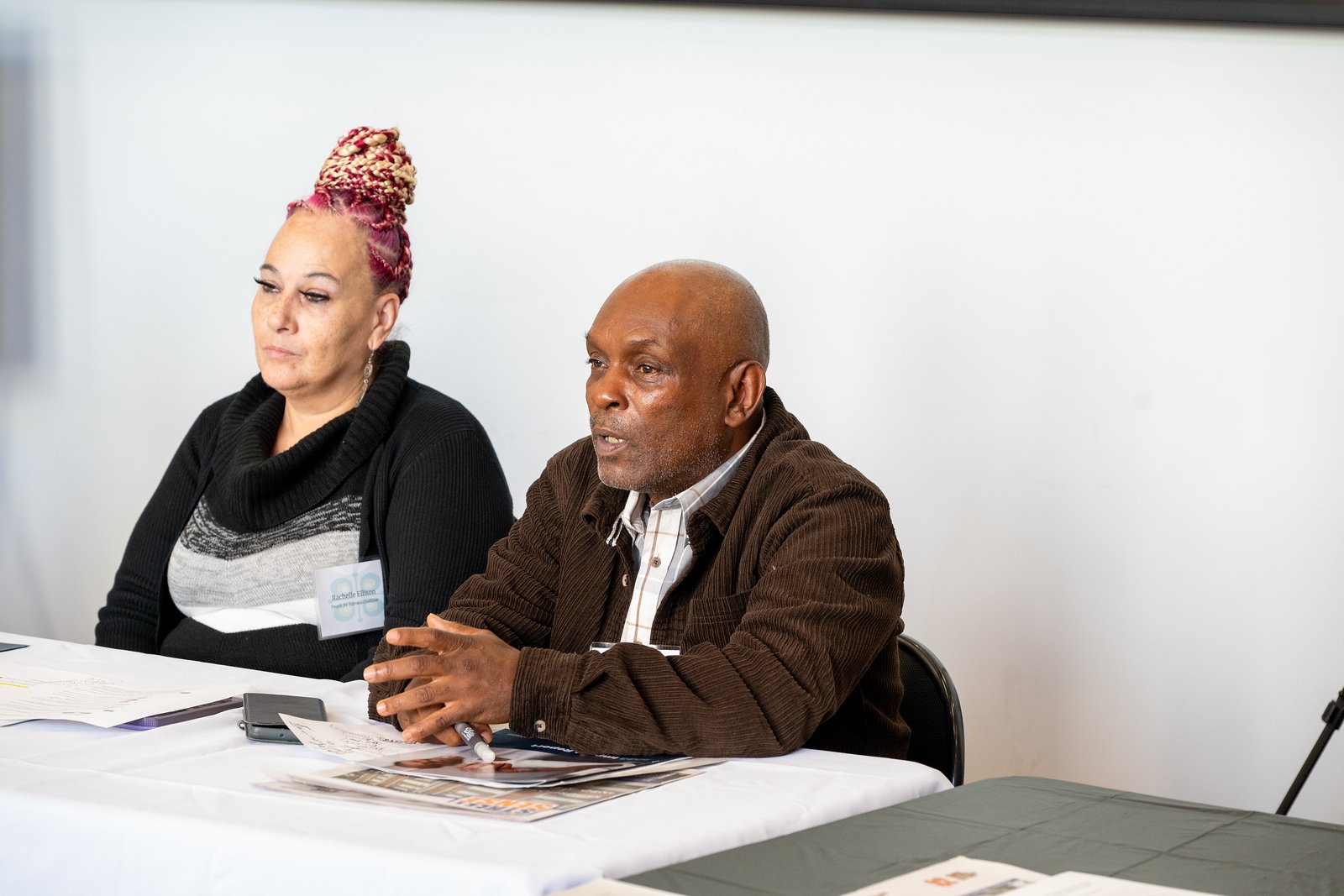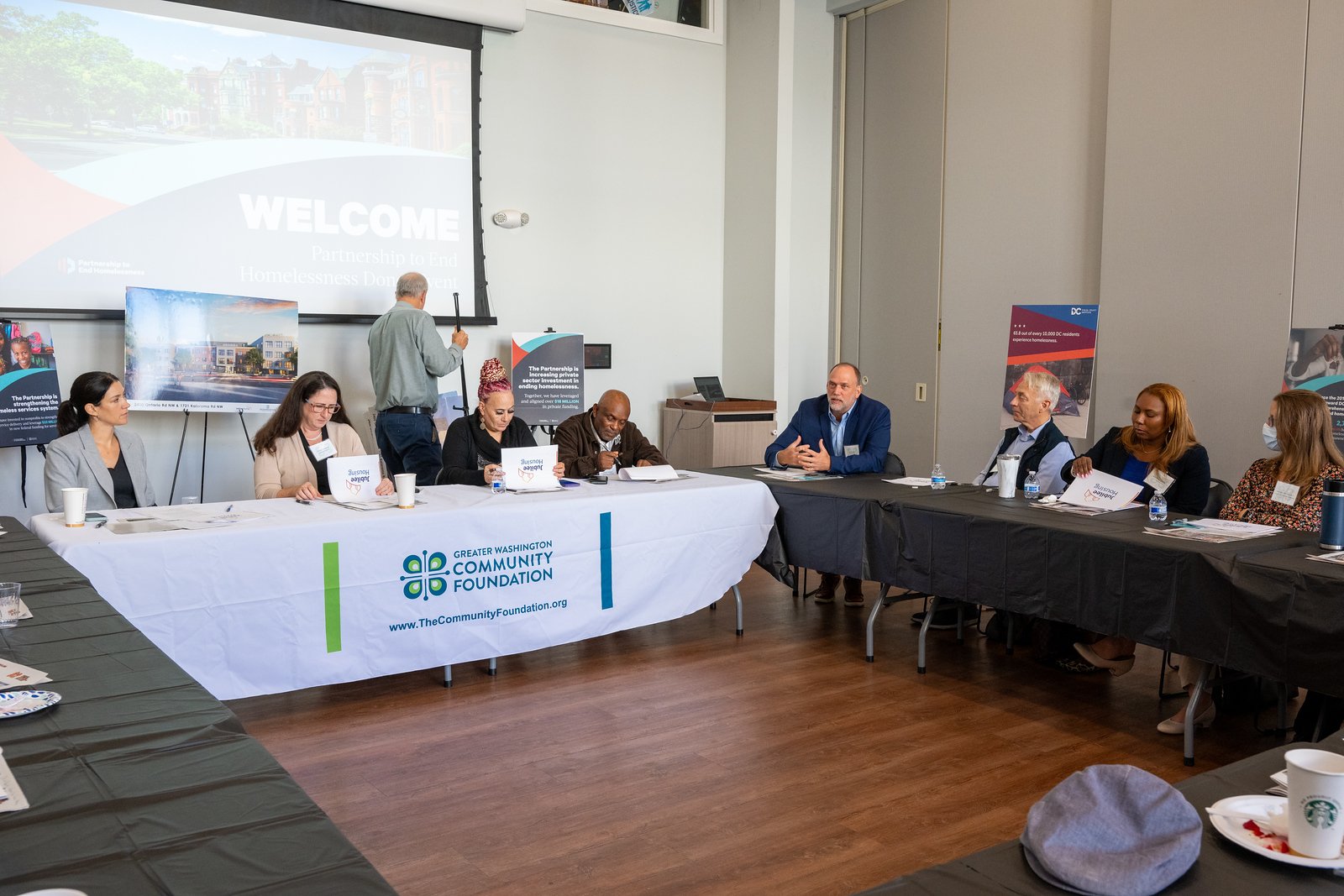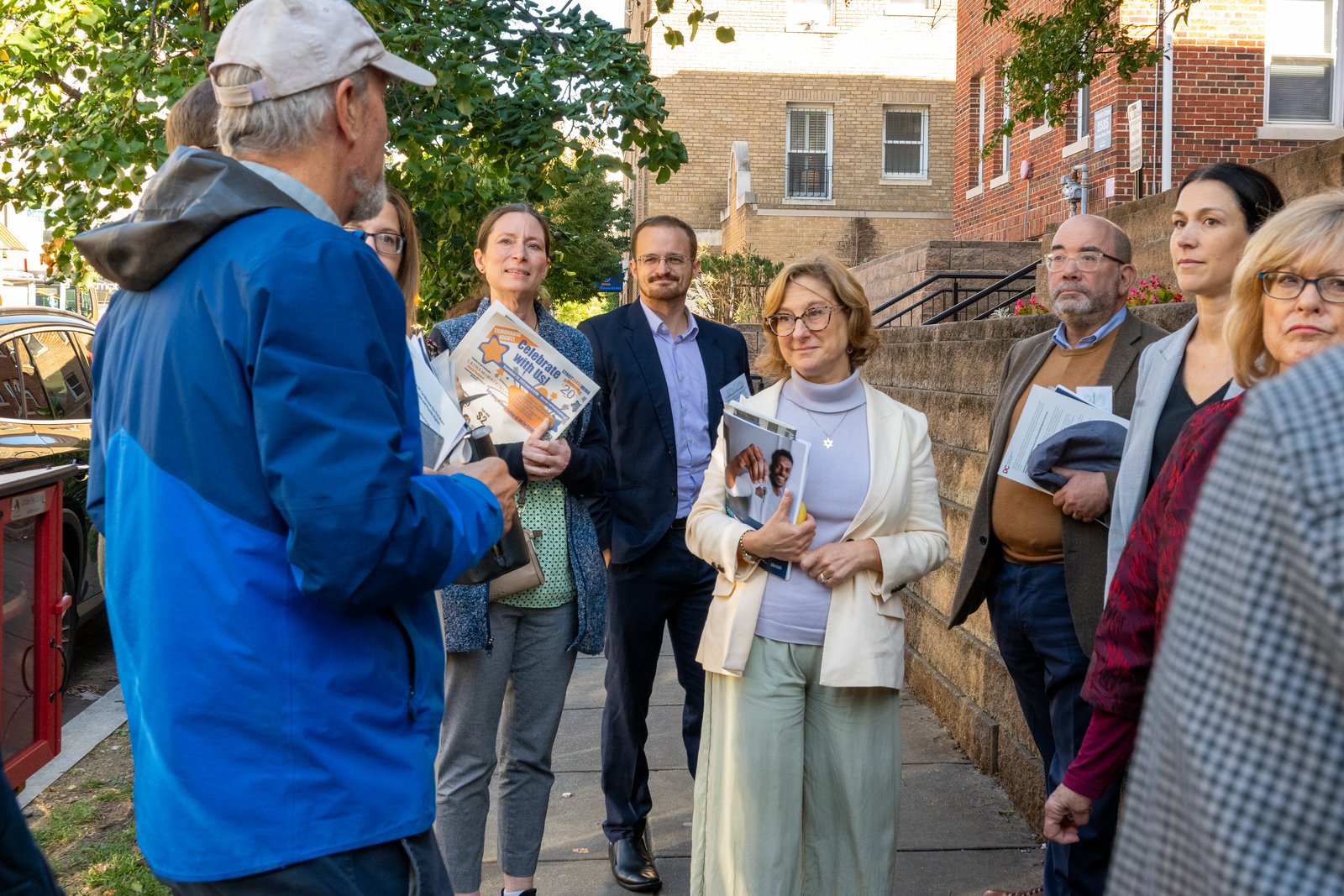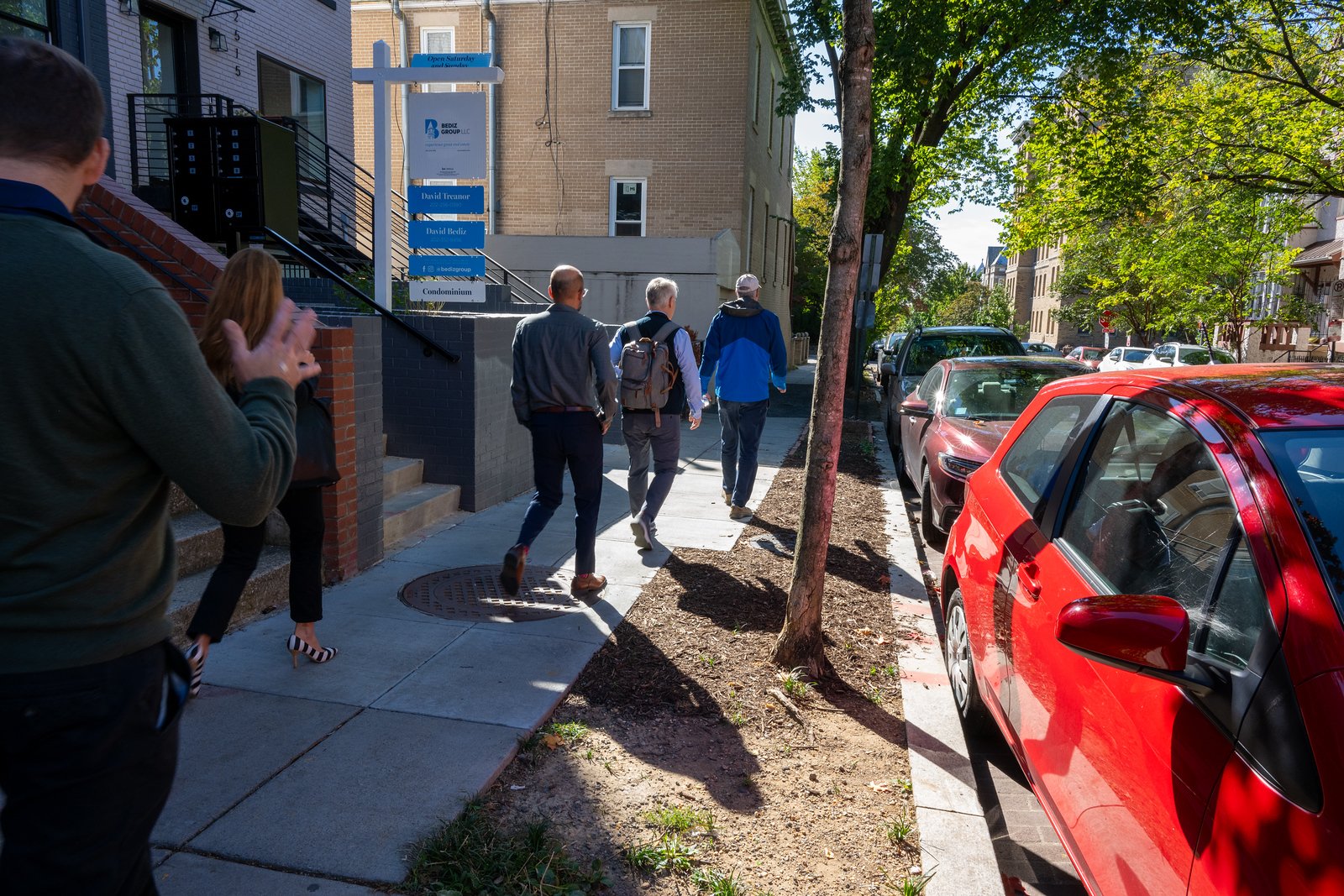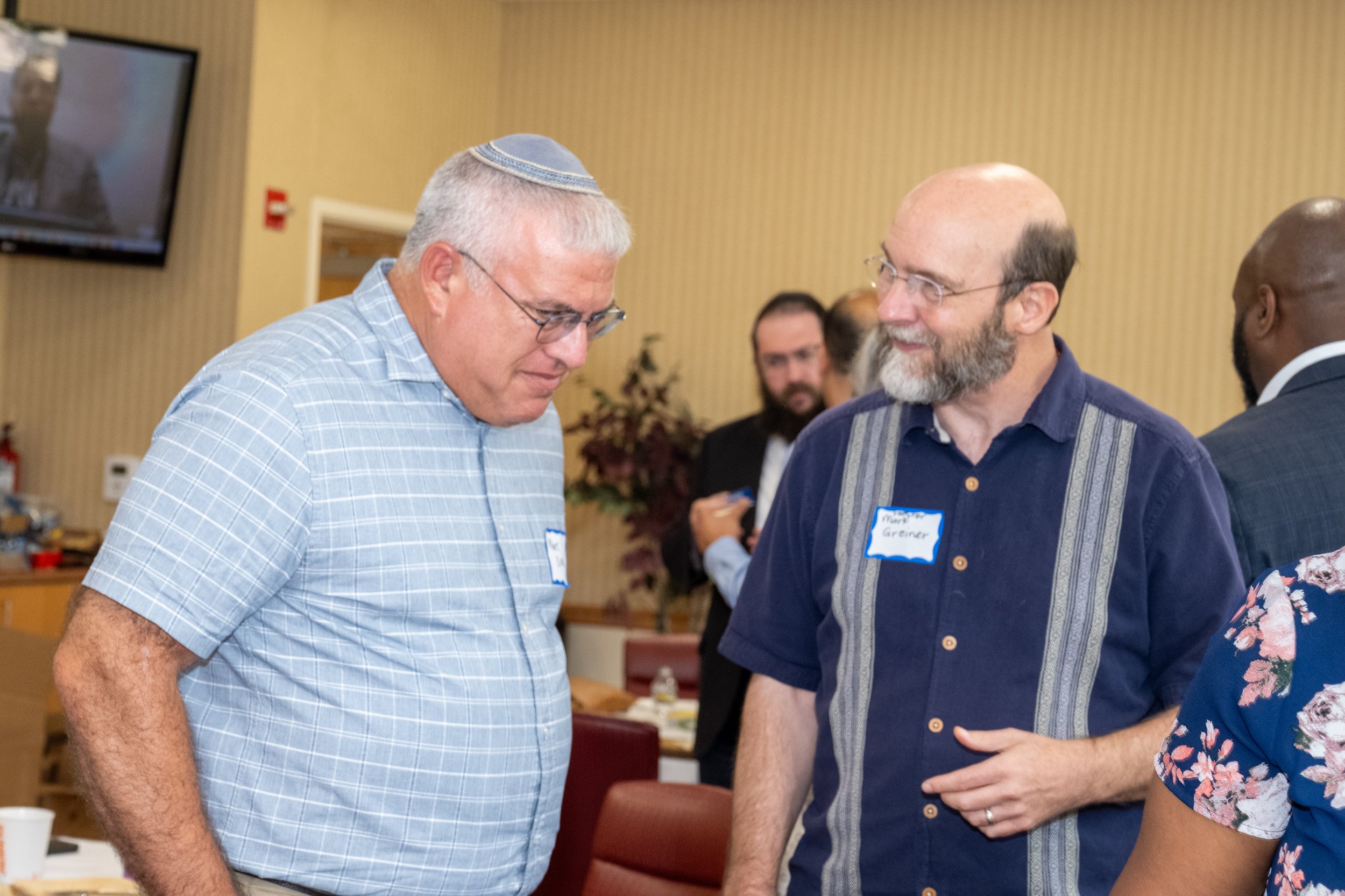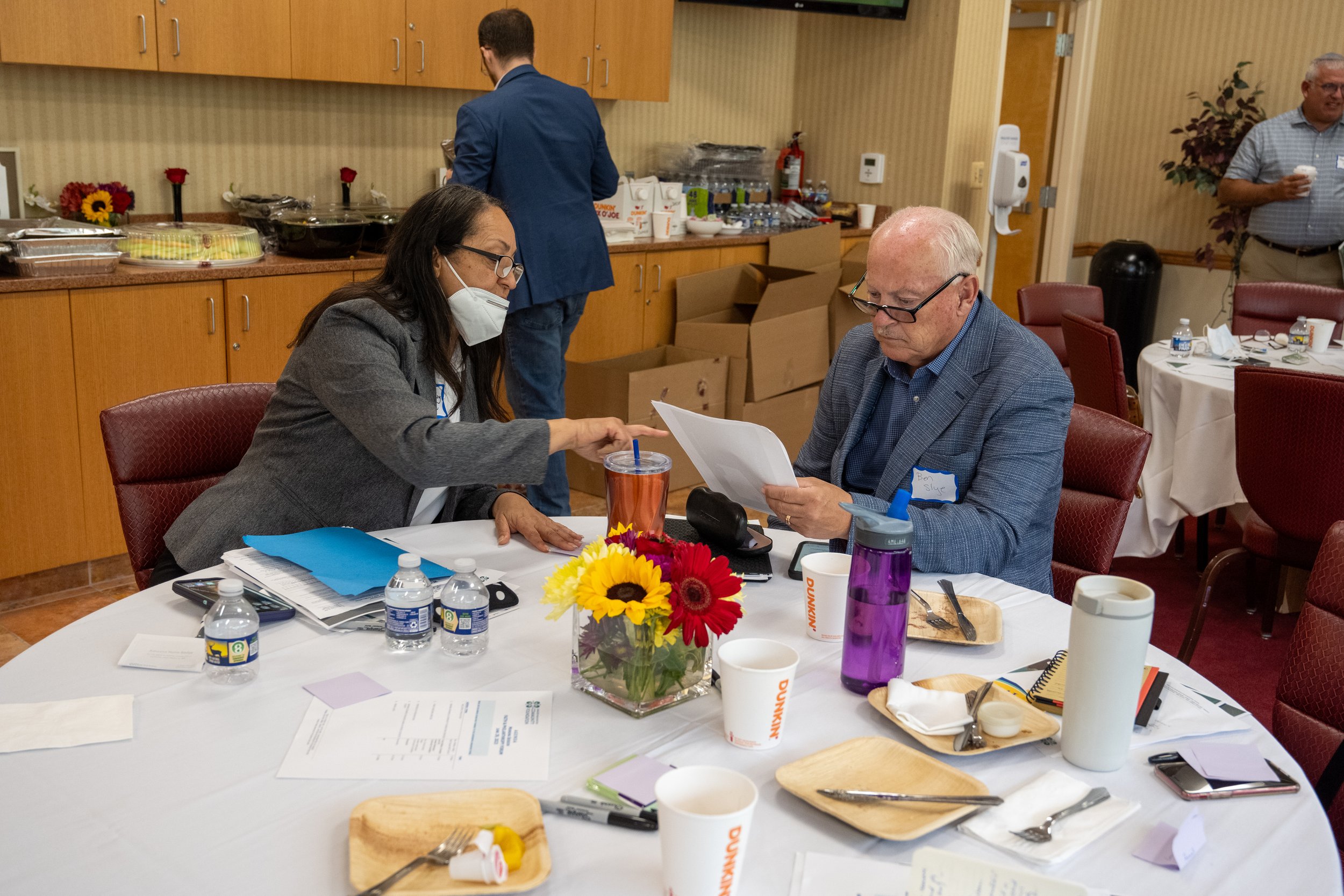1) Briefly describe the mission of your organization and the services you provide to the Latino community in the Greater Washington region.
CARECEN’s mission is to foster the comprehensive development of the Latino population in the Washington metropolitan region by providing direct legal services, housing counseling, citizenship education, and community economic development. Just as fundamentally, the organization aims to promote grassroots empowerment, civic engagement, and civil rights advocacy.
CARECEN programs include: (a) Immigration Legal Services: provides direct legal services and counseling at low or no cost for immigration matters, including work authorization, permanent residence, family reunification, and citizenship; (b) Civic Participation: conducts citizenship classes to prepare participants for the U.S. naturalization examination, and promotes informed community participation in local civic and democratic processes through education and training; (c) Housing Counseling: helps to maintain safe and affordable housing by informing tenants of their rights, providing financial literacy training, and counseling participants to prevent displacement.
In addition to offering direct services to more than 3,000 community residents every year, CARECEN provides education and outreach on vital issues to thousands more Latinos in the greater Washington area through local and regional campaigns both in the field and across multiple media platforms.
2) What do you find most meaningful about the work that you do with the Latino community in the Greater Washington area? What are you most proud of?
CARECEN's close ties to the Latino community, allow us to respond effectively to the comprehensive needs of immigrants in the D.C. metropolitan area and provide timely and appropriate services through our Legal- Citizenship, and Housing while also taking up initiatives to advocate for the rights of the immigrant community. Our approach focuses in understanding the "push and pull" factors of the community's migration to the U.S. and their needs for services to help stabilize families, provide economic security, and facilitate integration; allowing CARECEN to provide a mix of direct services and advocacy.
3) As a nonprofit partner, tell us about how funding that you’ve received that has helped you achieve this?
Since the beginning of the COVID-19 outbreak, our community has seen an increased demand for rental counseling. While the Latino community in DC has been one of the most adversely affected by the Coronavirus economically, CARECEN’s is only one of a handful of housing programs in the DC area with bilingual staff in English and Spanish.
In addition to the increased caseload, the COVID-19 crisis also required our housing team to play a more active role in relief efforts and advocacy. CARECEN participated in an advocacy effort to ensure $5 million of local funds were allocated and dispensed to undocumented residents of the District of Columbia - many who were excluded from other pandemic related emergency funds.
Thanks to the Community Foundation, the Housing Program was able to secure more than $770,136 in COVID-19 rental relief through Stay DC and Emergency Rental Assistance Program (ERAP) for more than 157 tenants. The program was also able to preserve six affordable housing buildings help 50 homeowners avoid foreclosure on their homes.
Additionally, thanks to the Community Foundation, CARECEN distributed $1.1 million of DC Care funds to 1,100 residents in the community, helping those most affected by the pandemic meet some of their most urgent financial needs. We also secured an additional $9 million for excluded workers that were not able to access unemployment or did not receive the federal stimulus funding. Last year the city council approved $41 million which we helped distribute to DC residents that qualified.
4) What do you wish that more people understood about the Latino community?
We are a diverse community made up of 19 Spanish countries and one U.S. Territory. This high number of countries with the official language of Spanish puts the language in fourth place in the topmost spoken languages in the world following English, Mandarin Chinese and Hindi. However, when it comes to the languages with the most native speakers, Spanish occupies an incredible second spot (following Mandarin Chinese). The country with the largest representation in the U.S. is Mexico and, in most states, Mexican nationals make up the largest foreign-born population. There are exceptions such as Maryland, Virginia, and Washington DC, where Salvadorans make up the largest foreign-born population.
The Latino population includes immigrants both legal and undocumented, and native born. As previous immigrant waves, Latinos by the third generation born in the U.S. are like the nonimmigrant population. Although we are newer in this region, (approximately 40 years) we contribute to the development of the region, with our labor, culture, food, that make the region better for everyone.















